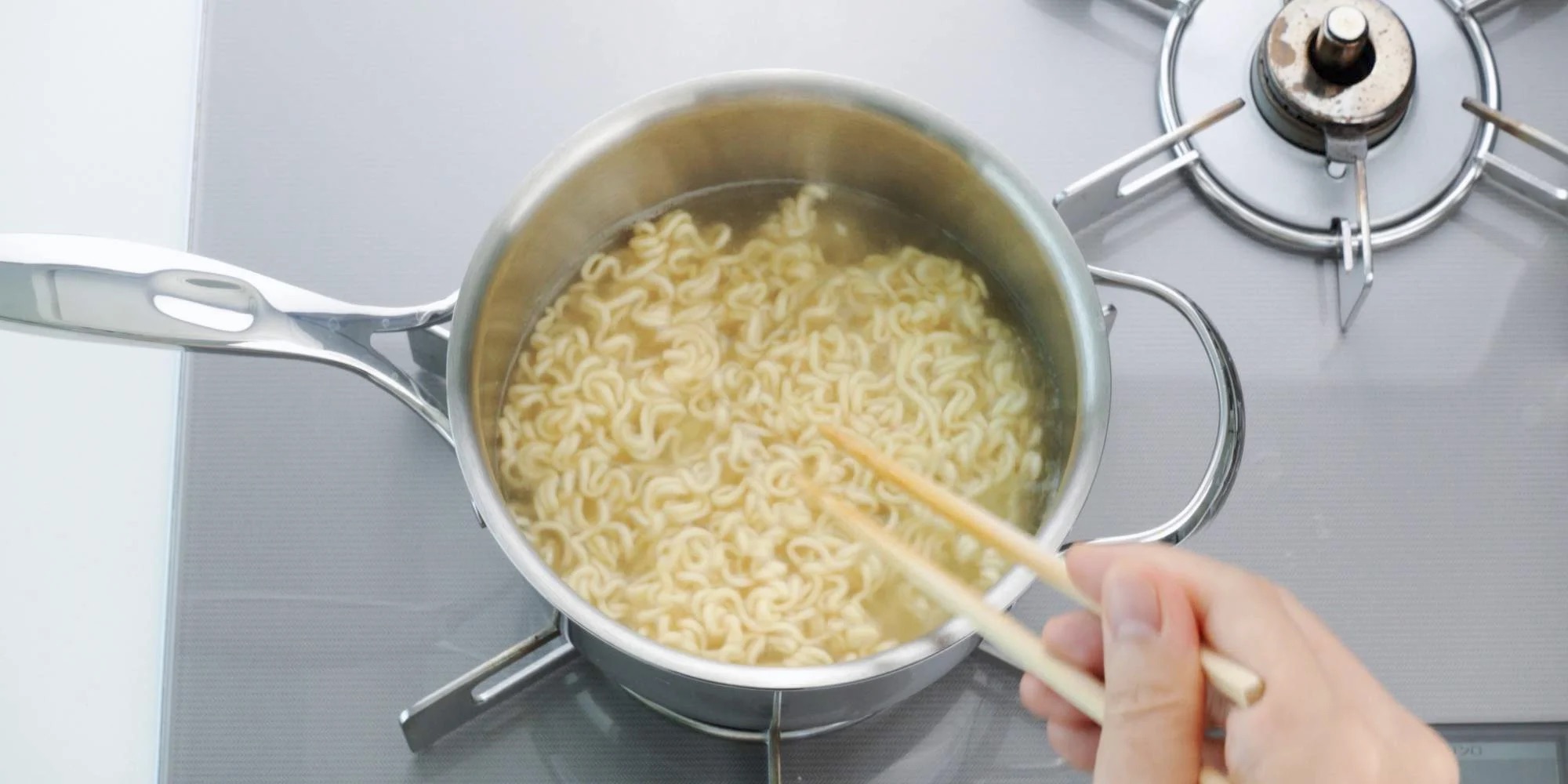

Articles
How To Cook Ramen On Stove Top
Modified: December 7, 2023
Learn how to cook delicious ramen on your stove top with our informative articles. Master the art of ramen cooking and enjoy homemade bowls of comfort.
(Many of the links in this article redirect to a specific reviewed product. Your purchase of these products through affiliate links helps to generate commission for Storables.com, at no extra cost. Learn more)
Introduction
Cooking ramen on the stovetop is a simple and delicious way to enjoy this popular Asian noodle dish. Ramen, with its savory broth and chewy noodles, has gained a worldwide following for its comforting and satisfying qualities. While instant ramen might be a pantry staple for many, taking the time to cook ramen from scratch can elevate the flavors and create a more wholesome meal. In this article, we will guide you through the steps of cooking ramen on the stovetop, so you can indulge in a homemade bowl of this delectable dish.
Key Takeaways:
- Elevate your ramen game by cooking it on the stovetop for a more wholesome and flavorful experience. Customize your ingredients and savor the satisfaction of a comforting homemade meal.
- Master the art of cooking ramen on the stovetop to create a delectable dish bursting with savory flavors and chewy textures. Experiment with toppings and savor every delightful spoonful.
Read more: How To Bake On The Stove Top
Ingredients
To cook ramen on the stovetop, you will need the following ingredients:
- 1 package of ramen noodles – Choose your favorite flavor or opt for plain noodles.
- 4 cups of water – This will be used to cook the noodles and create the soup base.
- 1 tablespoon of oil – Use vegetable oil, canola oil, or any other neutral oil for cooking.
- 1 teaspoon of salt – This will enhance the flavors in the soup.
- Optional toppings – Feel free to add your preferred toppings such as sliced green onions, meat (chicken, pork, or beef), soft-boiled eggs, mushrooms, or seaweed.
You can customize the ingredients based on your personal preferences and dietary restrictions. This basic recipe provides a foundation, but feel free to experiment and get creative with different flavors and add-ons.
Step 1: Boil the water
To start cooking ramen on the stovetop, fill a medium-sized pot with 4 cups of water. Place the pot on the stovetop over high heat and bring the water to a rolling boil. Adding salt to the water will help to enhance the overall flavor of the dish.
While you wait for the water to boil, take this time to prepare any optional toppings that you would like to add to your ramen. Slice the green onions, cook the meat if necessary, and have your toppings ready to go.
Boiling the water is an essential step in cooking ramen, as it will ensure that the noodles cook evenly and absorb the flavors of the broth. Once the water reaches a rolling boil, you’re ready to move on to the next step.
Step 2: Add the ramen noodles
Once the water is boiling, it’s time to add the ramen noodles to the pot. Open the package of ramen noodles and carefully separate them. Drop the noodles into the boiling water, making sure they are fully submerged.
Gently stir the noodles with a pair of chopsticks or a fork to prevent them from sticking together. Continue to cook the noodles according to the package instructions, usually around 3-4 minutes. Avoid overcooking the noodles as they can become mushy.
As the noodles cook, you’ll notice the kitchen filling with a delightful aroma. The noodles will begin to soften and expand, taking on a pleasing texture. Keep a close eye on the noodles to ensure they don’t overcook, as the perfect texture is essential for a delicious bowl of ramen.
Once the noodles are cooked to your desired consistency, it’s time to move on to the next step and prepare the seasoning for your ramen.
Step 3: Cook the noodles until tender
Now that you have added the ramen noodles to the boiling water, it’s important to cook them until they are tender. The cooking time may vary depending on the brand and type of noodles you are using, so be sure to refer to the package instructions for guidance.
While the noodles cook, keep an eye on their texture. Use a pair of tongs or a fork to pick up a strand of noodles and gently bite into it. The noodles should be firm yet tender, with a slight chewiness to them. Avoid overcooking the noodles, as they can become mushy and lose their desired texture.
During the cooking process, the noodles will absorb some of the flavorful broth, which will enhance their taste. This step is crucial for ensuring that the noodles are properly cooked and ready to be enjoyed in your ramen dish.
Once the noodles reach the desired tenderness, it’s time to move on to the next step and drain them before adding the seasoning.
When cooking ramen on the stove top, be sure to use a large enough pot to allow the noodles to cook evenly. Also, don’t overcook the noodles – they should be al dente for the best texture.
Read more: How To Cook Okra On Stove Top
Step 4: Drain the noodles
After the noodles have reached the desired tenderness, it’s time to drain them. Grab a colander or strainer and carefully pour the contents of the pot into the colander, allowing the hot water to drain away. Be cautious of the steam that may escape as you pour.
Once most of the water has drained away, give the noodles a gentle shake in the colander to remove any excess water. You can also rinse the noodles under cold water to stop the cooking process and remove any starch residue. However, rinsing is optional and can affect the overall taste and texture of the dish.
Draining the noodles helps separate them from the cooking liquid, allowing for better control over the amount of broth in your bowl. It also helps to prevent the noodles from becoming overly saturated and losing their desired texture.
With the noodles drained, it’s time to move on to the next step and prepare the seasoning for your ramen.
Step 5: Prepare the seasoning
Now that your noodles are drained, it’s time to prepare the seasoning for your ramen. Most packages of ramen come with a flavor packet that contains a variety of seasonings. However, if you prefer to make your own seasoning, you can do so by combining ingredients such as soy sauce, sesame oil, garlic powder, and chili flakes.
Open the flavor packet that came with your ramen noodles and pour it into a small bowl. Take a moment to smell the aroma of the seasoning. The flavor packet typically contains a blend of salt, MSG, dehydrated vegetables, and other spices that contribute to the distinct taste of ramen.
If you’re using your own homemade seasoning, combine the ingredients in a separate small bowl. Adjust the quantities of each ingredient to suit your taste preferences. You can also experiment with additional seasonings like ginger, miso paste, or fish sauce to create a unique flavor profile.
Preparing the seasoning in advance allows you to control the amount of flavor in your ramen. It gives you the flexibility to customize the taste according to your preference and dietary needs.
With the seasoning prepared, you’re ready to move on to the next step and add it to the noodles.
Step 6: Add the seasoning to the noodles
With your drained noodles ready, it’s time to add the seasoning to infuse them with delicious flavors. Take the prepared seasoning or the flavor packet that came with your ramen and sprinkle it evenly over the noodles.
Use a pair of tongs or chopsticks to gently toss and mix the noodles with the seasoning. Ensure that every strand of noodle is coated with the flavorful seasoning. This step is crucial for ensuring that each bite of your ramen is packed with taste.
If you prefer a milder flavor, you can start by adding a small amount of the seasoning and gradually increase it according to your preference. Adjusting the seasoning allows you to have full control over the taste of your ramen and tailor it to your liking.
Once you have evenly mixed the noodles and seasoning, it’s time to move on to the next step – the final blending of flavors.
Note: If you have added additional toppings such as shredded meat, sliced green onions, or soft-boiled eggs, now is the time to add them to your ramen.
Step 7: Mix well
Now that you have added the seasoning to the noodles and any additional toppings, it’s time to mix everything together to ensure that all the flavors are well distributed. Use your tongs or chopsticks to gently toss and stir the noodles, making sure that the seasoning and toppings are evenly incorporated.
As you mix the noodles, take a moment to appreciate the enticing aroma that fills the air. The savory scent of the broth, combined with the rich flavors from the seasoning and toppings, creates a tantalizing blend that is sure to whet your appetite.
Make sure to take note of the color and texture of your ramen. The noodles should be evenly coated with the seasoning, and the toppings should be distributed throughout. Aim for a visually appealing dish that showcases a balance of colors and textures.
Continue mixing the noodles until you are satisfied with the overall blend of flavors. This step is crucial for ensuring that every bite of your ramen is a delightful combination of all the components.
With everything well mixed, you’re ready to move on to the final step and serve your perfectly cooked ramen.
Read more: How To Cook Kabobs On Stove Top
Step 8: Serve and enjoy!
Congratulations! You have successfully cooked ramen on the stovetop, and now it’s time to savor your creation. Take a deep breath and appreciate the mouthwatering aroma of the piping hot ramen that you’ve prepared with care.
Carefully transfer the well-mixed noodles to a bowl, ensuring that all the toppings and flavors are evenly distributed. Garnish with some sliced green onions, a sprinkle of sesame seeds, or any additional toppings that you desire.
Grab a pair of chopsticks or a fork and dig in! Take your time to enjoy each delicious mouthful of the flavorful broth, chewy noodles, and perfectly seasoned toppings. The combination of textures and flavors will bring you a satisfying and comforting experience like no other.
Don’t hesitate to get creative with your ramen. Feel free to experiment with different toppings, such as crispy tofu, bamboo shoots, or even a spoonful of spicy chili oil if you prefer a bit of heat. Customize the dish to suit your taste and make it your own.
Remember, ramen is best enjoyed while it’s still hot. So, savor every slurp and relish in the comforting feeling it brings. Whether you’re enjoying a cozy meal by yourself or sharing it with friends and family, this homemade ramen is sure to leave a lasting impression.
Now that you know how to cook ramen on the stovetop, you can create this delicious dish whenever the craving strikes. Treat yourself to a bowl of homemade ramen and experience the satisfaction of a comforting and flavorful meal.
So go ahead, serve up your ramen, and enjoy every delightful spoonful. Bon appétit!
Frequently Asked Questions about How To Cook Ramen On Stove Top
Was this page helpful?
At Storables.com, we guarantee accurate and reliable information. Our content, validated by Expert Board Contributors, is crafted following stringent Editorial Policies. We're committed to providing you with well-researched, expert-backed insights for all your informational needs.
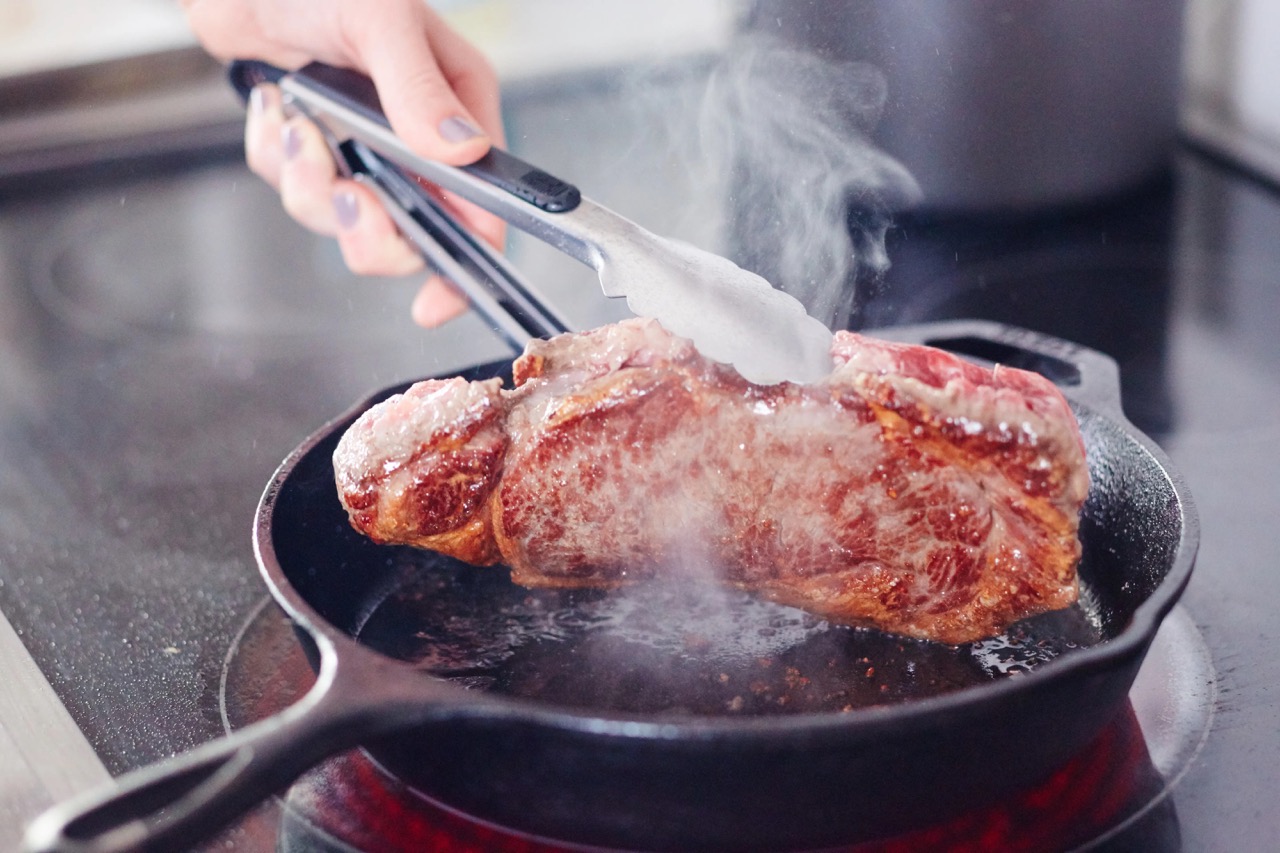
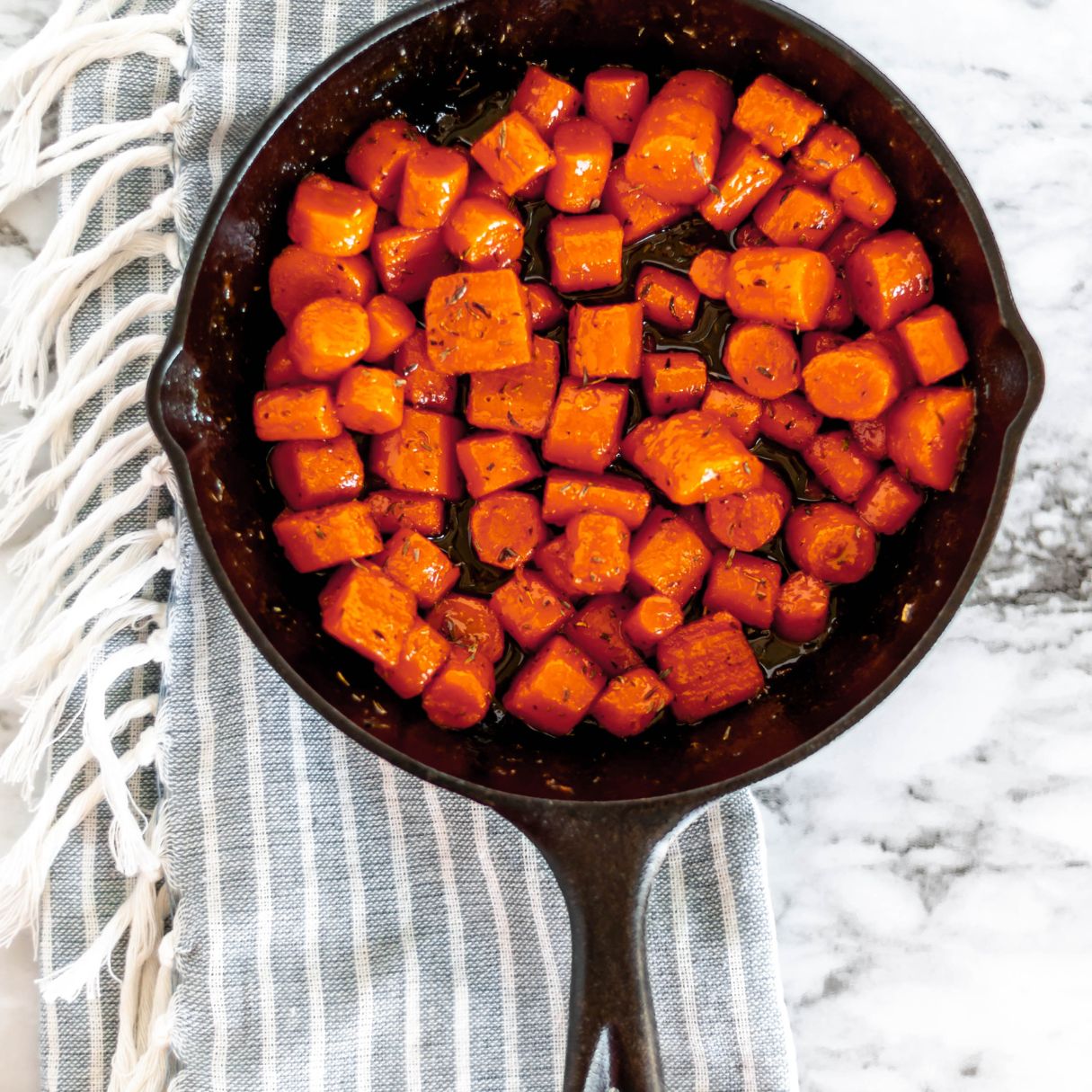

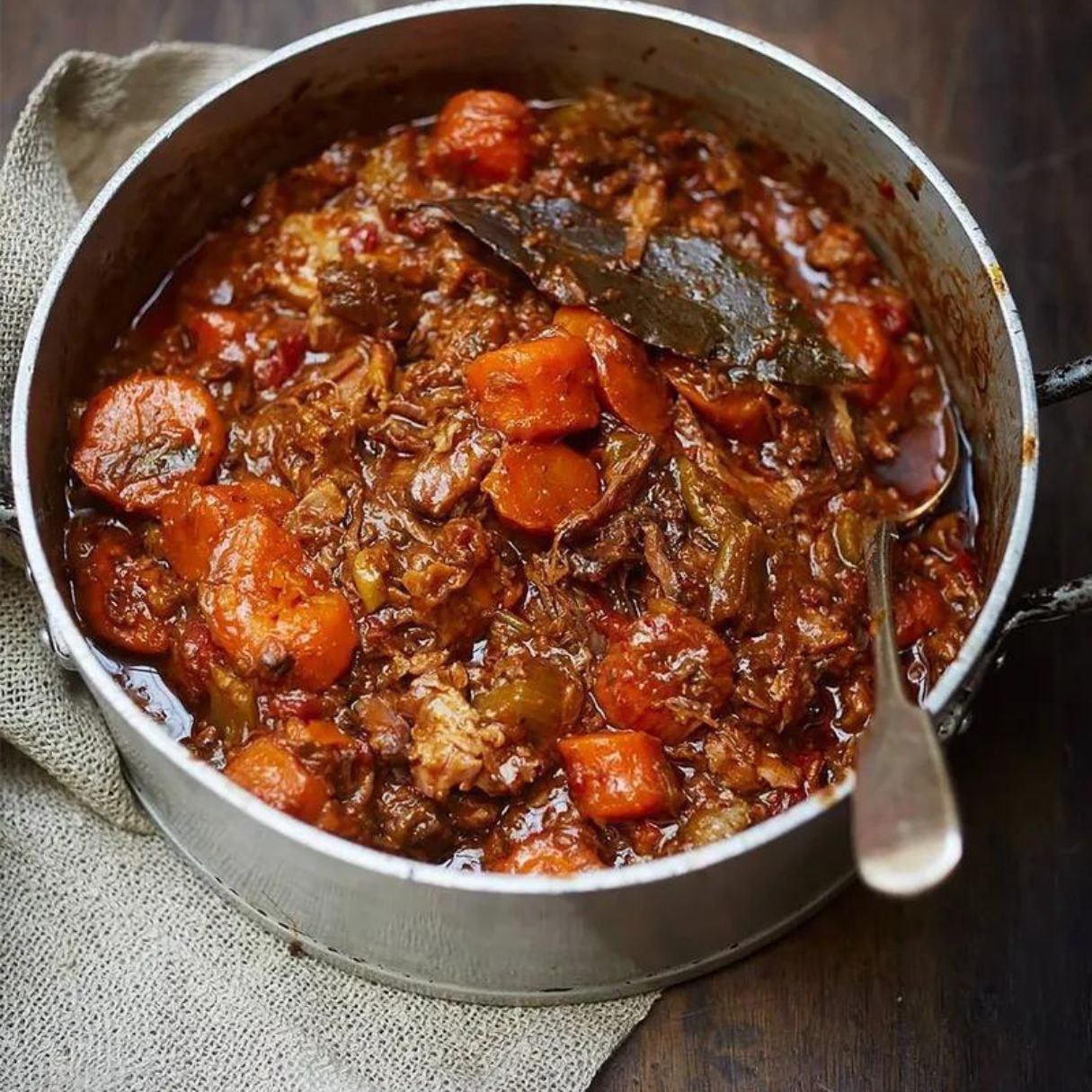
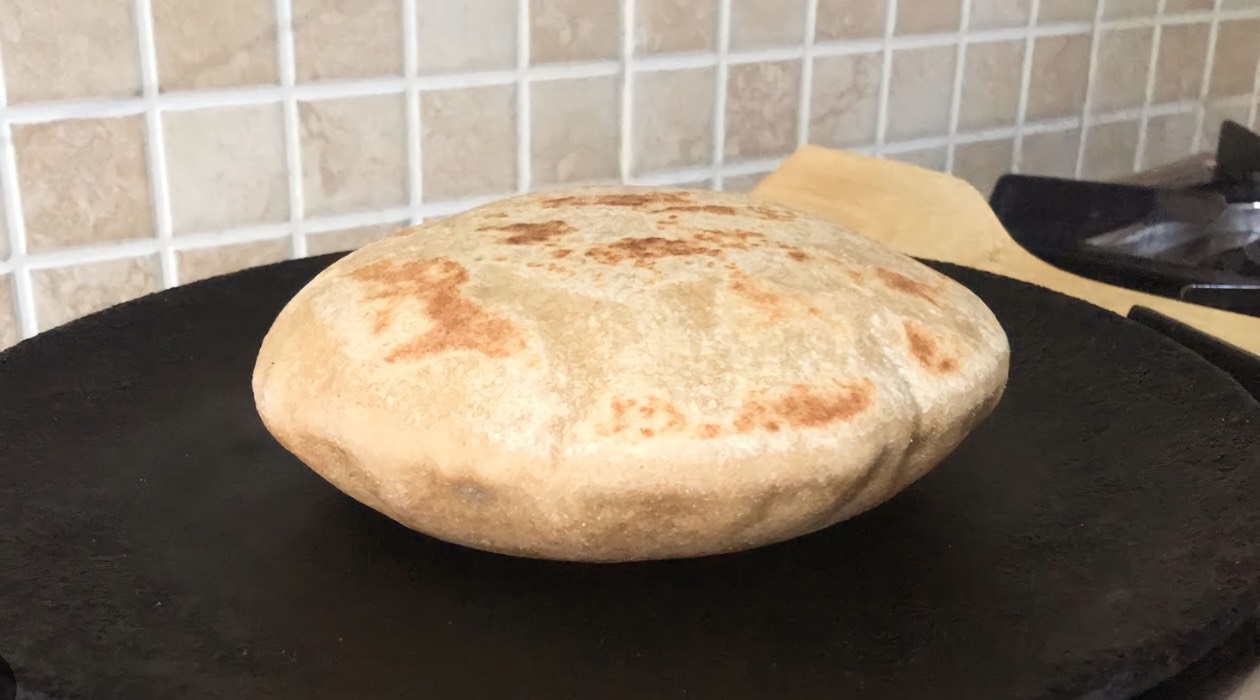

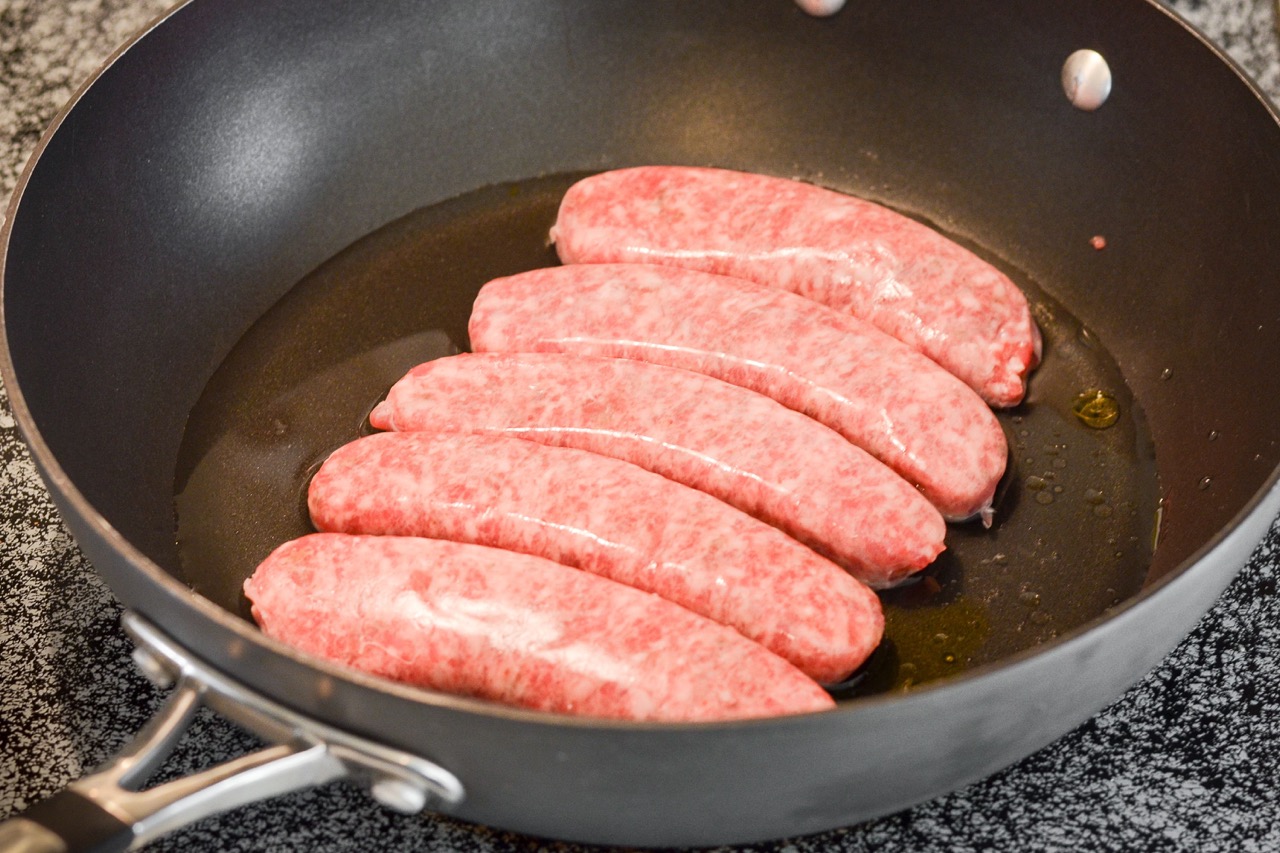


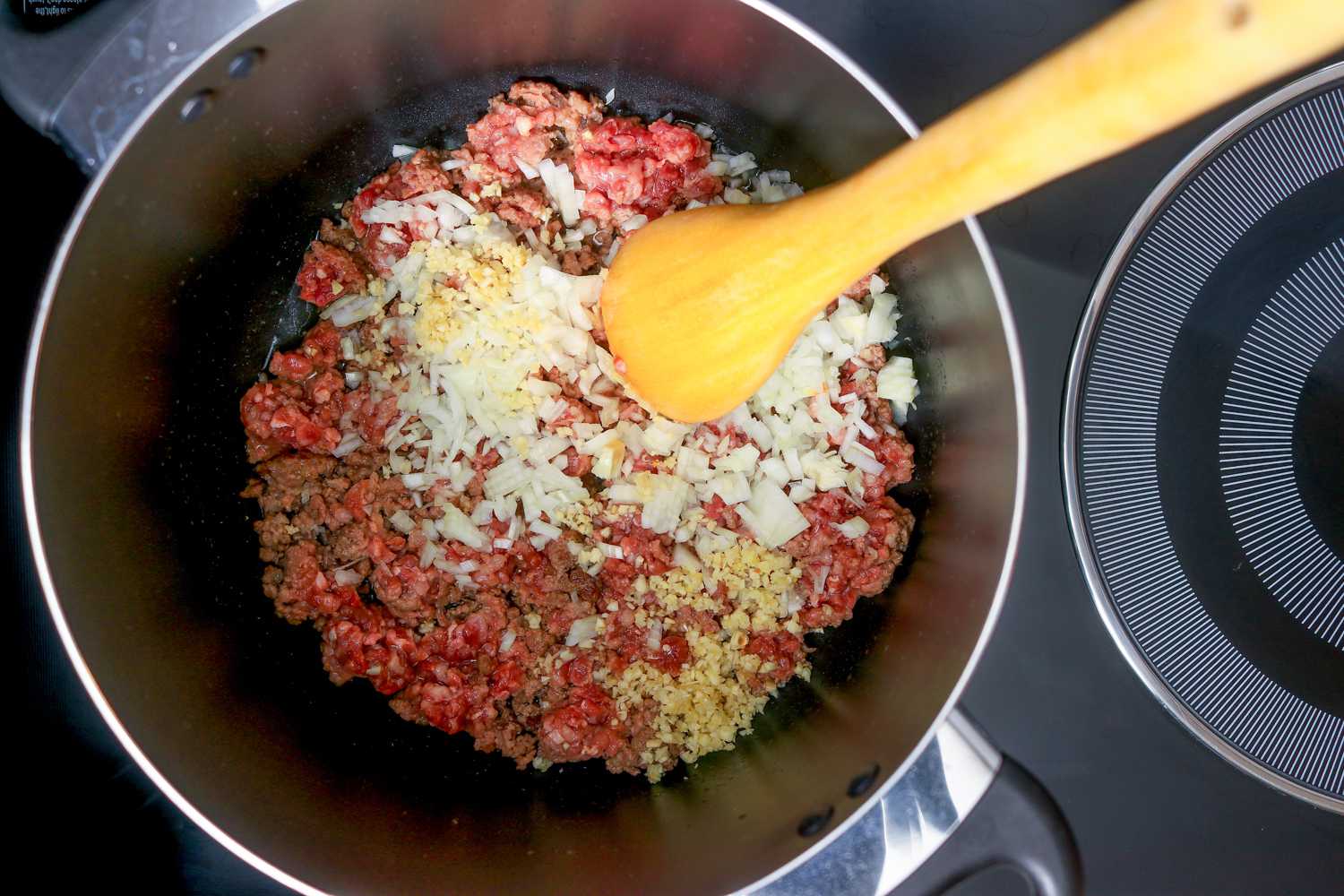
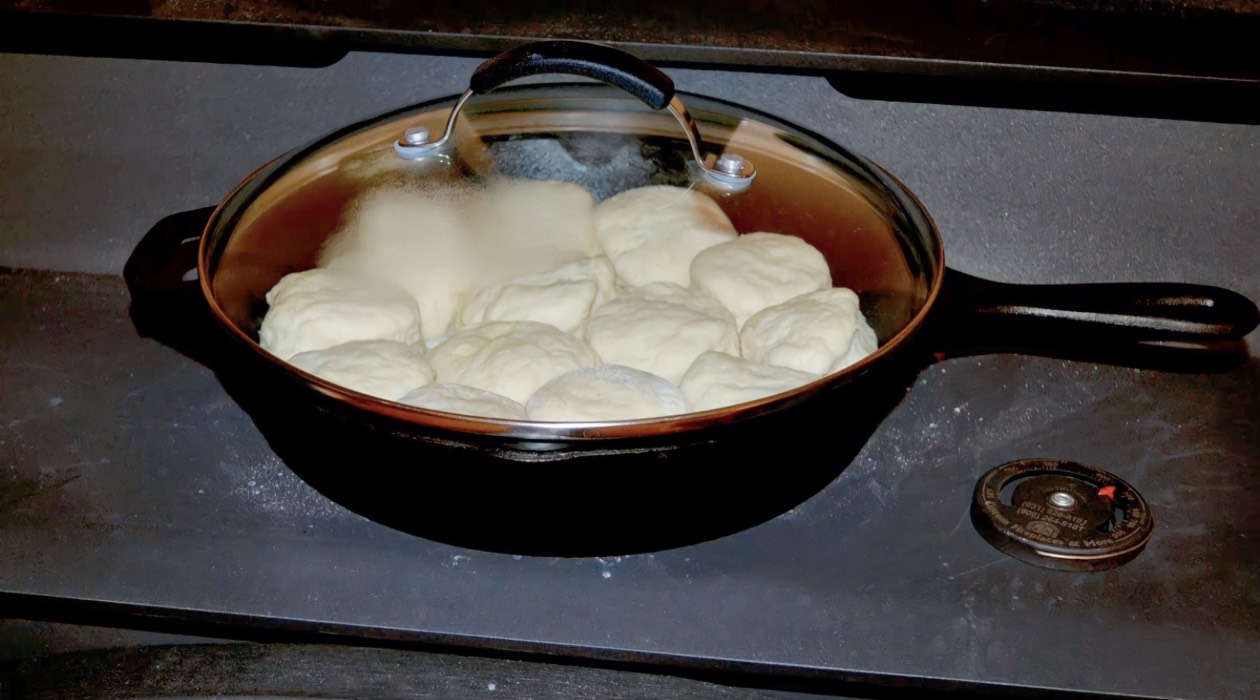
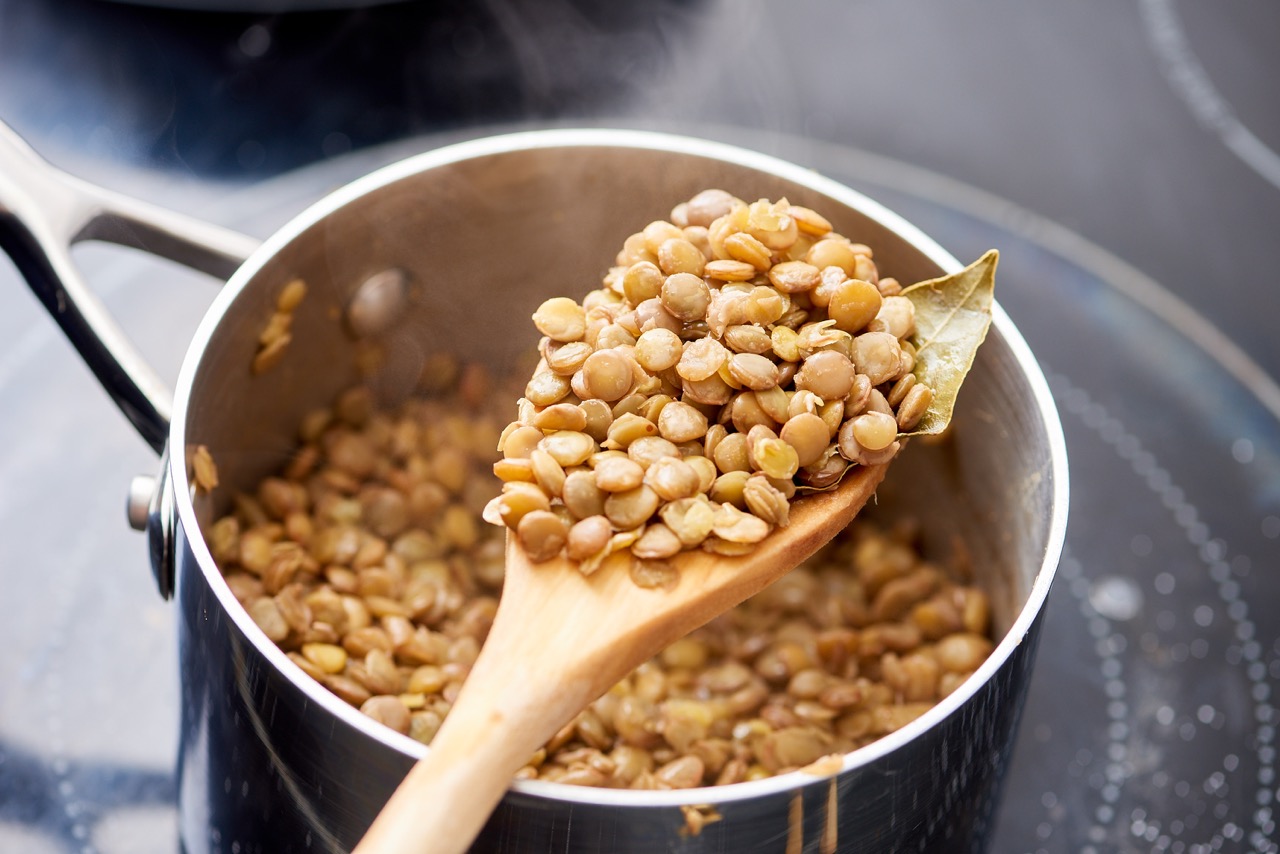


0 thoughts on “How To Cook Ramen On Stove Top”